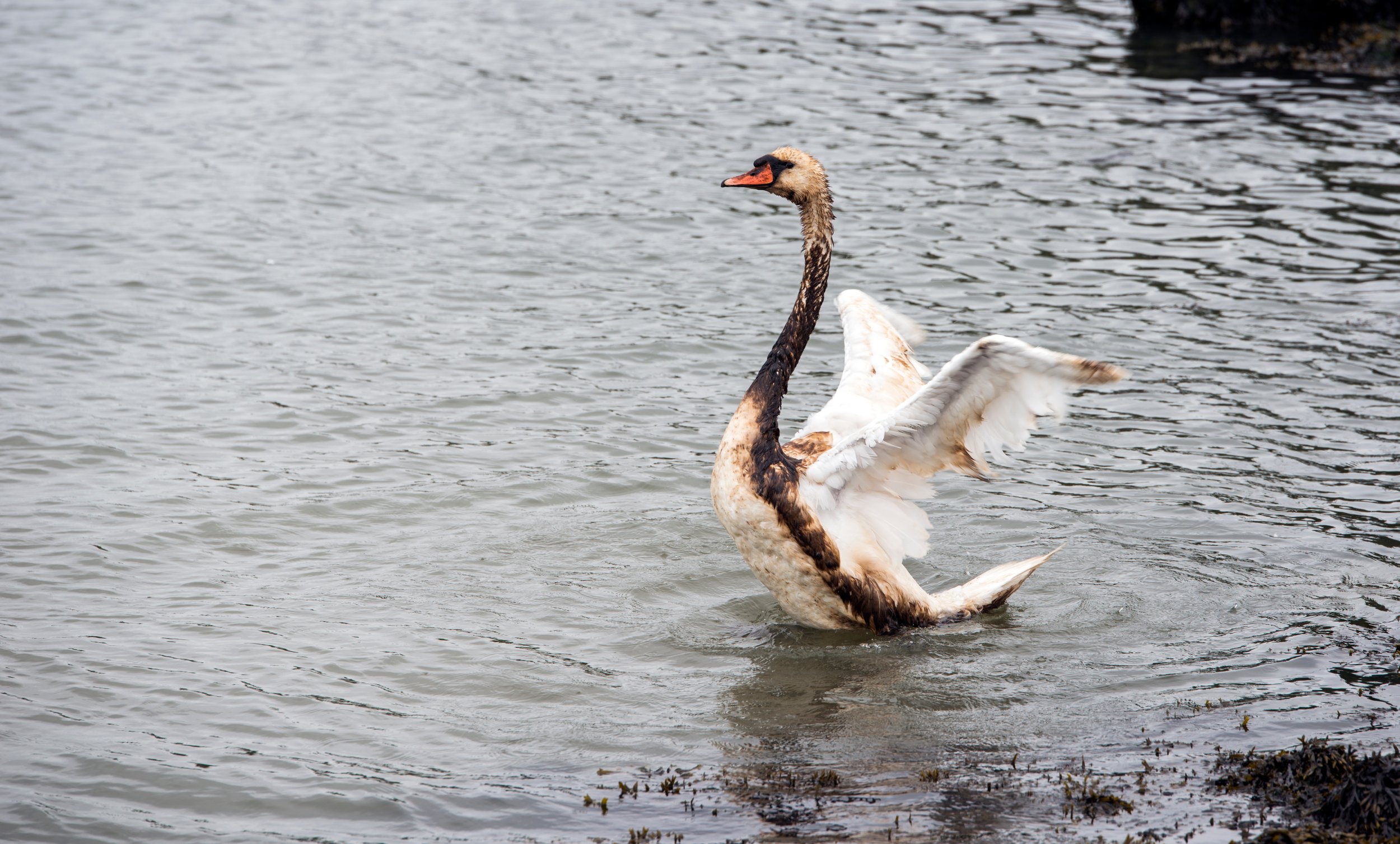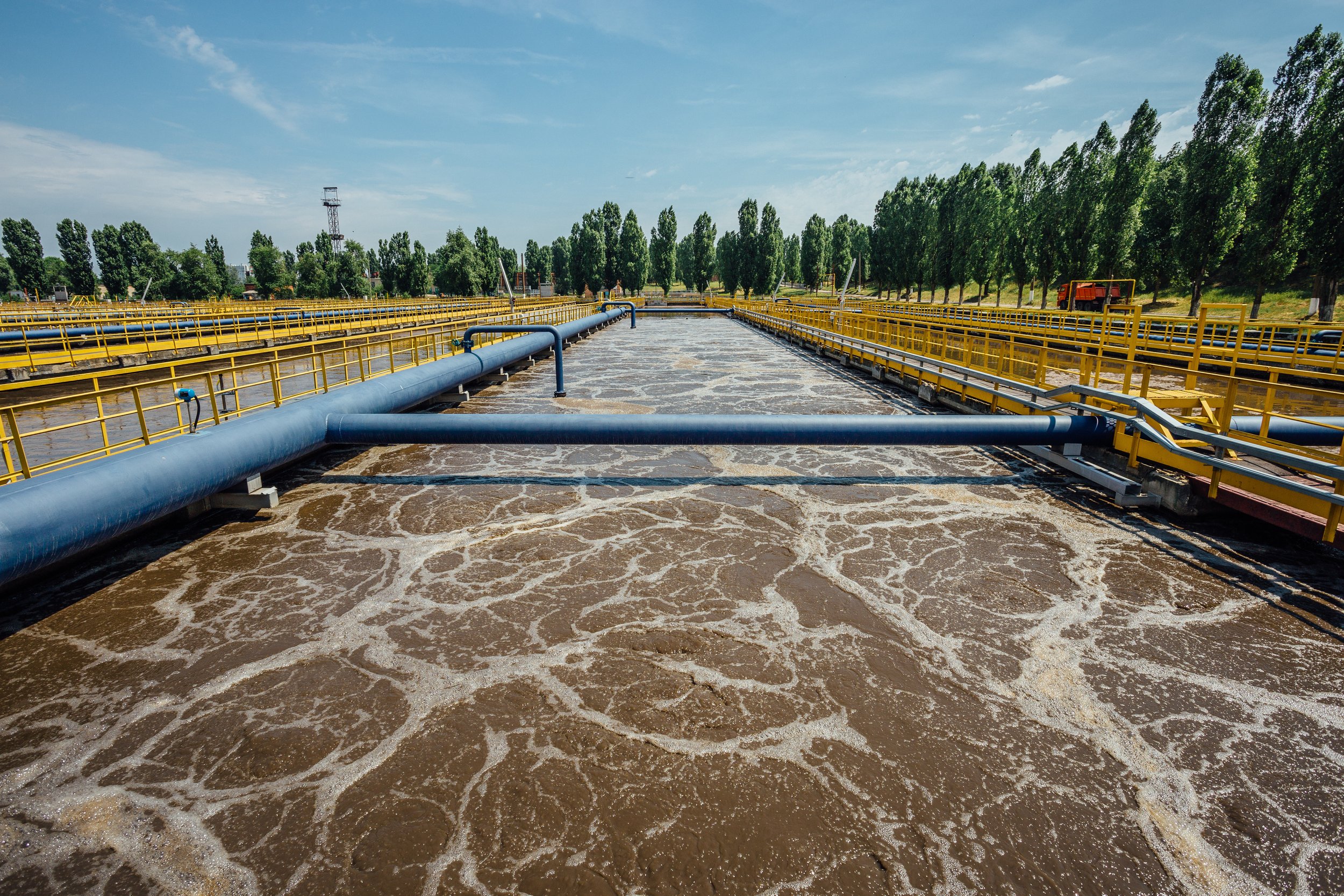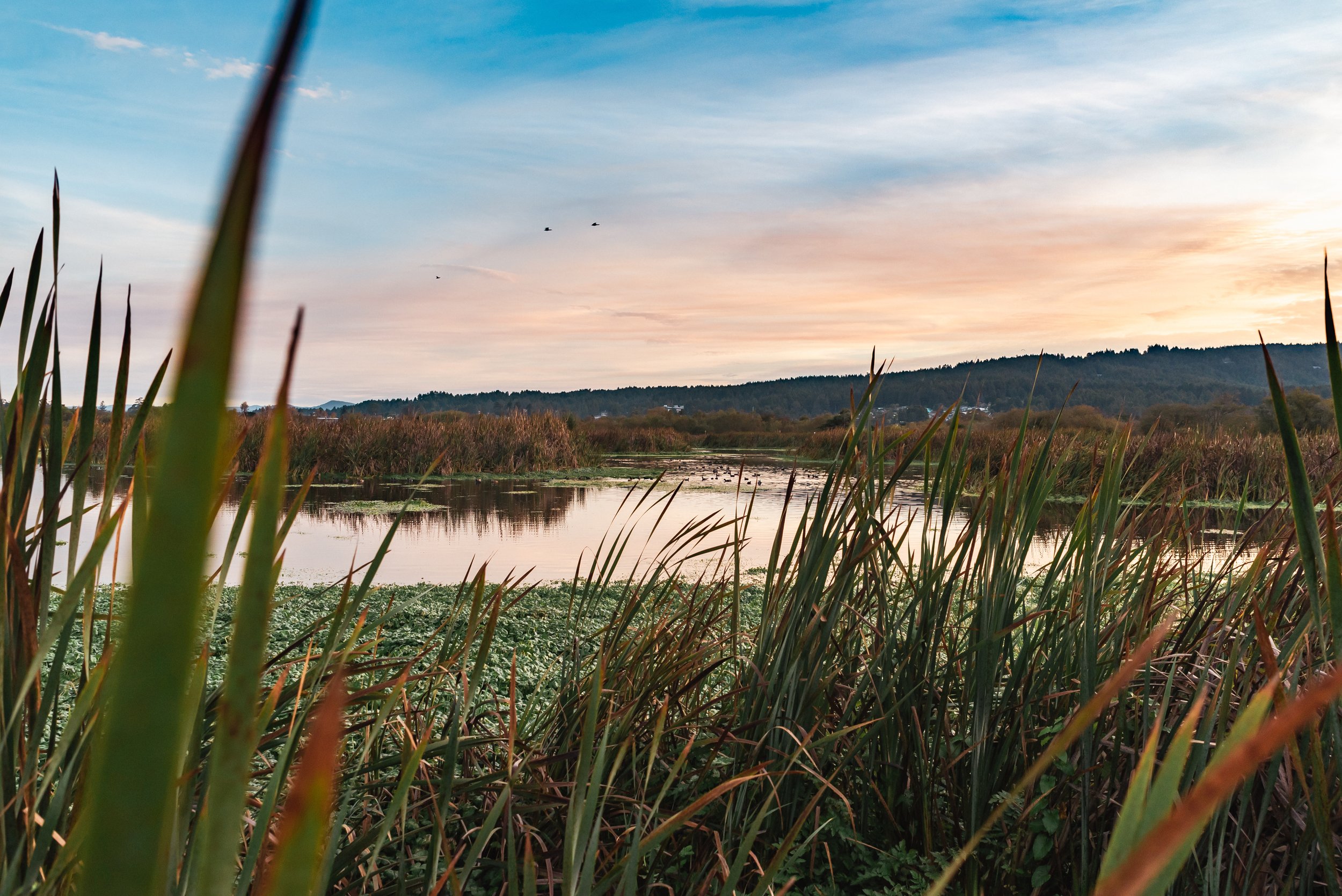Bioremediation–the Answer to Cleaner, Safer, and Cheaper Wastewater Treatment
Improperly treated wastewater puts millions of people’s lives at risk and causes many countries’ economies to lose billions each year.
According to the United Nations World Water Development Report, over 80% of the world’s untreated wastewater is released into rivers, lakes, and oceans. This climbs to over 95% in some developing countries. Globally, the United Nations has also found that 1.6 million deaths every year are caused by health conditions and diseases associated with a lack of access to clean drinking water, and inadequate sanitation and hygiene.
A 2025 Economist Impact report, which covers low- and high-income countries, reveals the economic impact of untreated wastewater. In India, inadequate wastewater treatment and mismanagement cost the fisheries sector more than $2 billion each year. Brazil, the world's largest exporter of soy and sugarcane, loses $16 billion every year, as untreated wastewater depletes crop yields.
Wastewater treatment involves different processes with varying implications. One process that is gaining traction, however, is bioremediation: a sustainable, safe, scalable, and cost-effective treatment solution.
What is bioremediation?
Bioremediation uses microorganisms, such as bacteria, yeast, fungi, or even plants and fish, to break down harmful contaminants in water, soil, and other environments. These natural processes eliminate, degrade, or reduce contamination in a sustainable and eco-friendly way.
It’s not a new idea, either. According to the International Journal of Applied Research, the first patent for a bioremediation agent – a petroleum-degrading strain of Pseudomonas putida – was filed in 1974.
Unlike chemical-based wastewater treatment methods, which can introduce toxic byproducts, bioremediation supports an environment’s biological recovery processes. Using microbes is popular and cost-effective, since they are easy to grow and naturally digest pollutants, turning them into less harmful substances like carbon dioxide, water, and biomass (renewable organic material).
The different kinds of bioremediation
Bioremediation comes in many different forms, including:
Phytoremediation, which uses plants to absorb or degrade pollutants (such as constructed wetlands created at a site to treat the acid mine drainage that flows through it)
Biostimulation, which involves stimulating indigenous microbes with nutrients or oxygen to accelerate clean-up (for example, to rectify an imbalance of carbon, nitrogen, and phosphorus due to an oil spill in a large body of water)
Mycoremediation, which uses the digestive enzymes of fungi to break down contaminants (for example, studies show that mushrooms can be used to break down plastics)
Biomanipulation, which includes using filter-feeding aquatic creatures, such as fish or mussels, to remove pollutants (for example, using game fish in lakes to reduce toxic blue-green algae)
Some oil spills can be tackled with biostimulation, a type of bioremediation that treats water by introducing nutrients and oxygen to stimulate indigenous microbes.
Why bioremediation is better for treating wastewater
Traditional wastewater treatment methods, such as activated sludge systems (adding oxygen and microbials to sewerage) and chemical treatments are effective.
However, they are often energy-intensive, generate large volumes of hazardous sludge or toxic byproducts that need further treatment, contribute to greenhouse gases, and require specific skills and complex infrastructure that’s expensive to maintain.
Bioremediation is increasingly seen as a viable alternative.
Traditional wastewater treatment requires specialist knowledge, high-cost equipment and could contribute to greenhouse gas emissions.
Benefits of bioremediation
Lower costs: According to the Waste Management Bulletin journal, wastewater bioremediation relies on naturally occurring organisms, requires fewer resources, and is easier to implement, making it more affordable and sustainable over the long term.
Minimal disruption: In situ bioremediation (which happens directly at the source) avoids transporting contaminated materials, reducing environmental impact.
Smaller waste footprint: Effluent and sludge volumes are significantly lower, easing disposal challenges. The United States Environmental Protection Agency found bioremediation of groundwater results in a smaller environmental footprint than non-biological methods due to relatively low energy use and the minimal equipment and site disruption needed to implement it.
Scalability and adaptability: Microbes can thrive in a wide range of environments, and many species are highly adaptable. With proper testing and culturing, microbial strains can be specifically grown and easily scaled to treat a variety of pollutants, including heavy metals and pesticides.
Taking all this into consideration, bioremediation is a low-cost, flexible wastewater tool for municipalities, agricultural operations, industrial wastewater producers, and more.
Bioremediation in action
There are many examples of bioremediation being used to successfully treat wastewater, highlighting this eco-friendly option’s potential to transform wastewater management across sectors.
One such example is the Arcata Marsh and Wildlife Sanctuary, in California, which has integrated conventional wastewater treatment with bioremediation processes by using microbes, oxidation ponds, and constructed wetlands, providing a sustainable and natural filtration system for urban runoff. This integration has not only resulted in innovative wastewater treatment, but the area is now one of California’s top birding and recreation spots.
Bioremediation techniques have helped to restore Arcata Marsh and Wildlife Sanctuary in California, USA.
To address water pollution in high-density Chinese aquaculture ponds, a study was carried out to restore aquaculture wastewater using mussels, microalgae, and bacteria. After running a pilot in the Kulv River for several months, water quality improved significantly. There were notable decreases in Chemical Oxygen Demand and ammonia concentrations, and the river’s water transparency (clarity and visibility) increased from 1.0 to 1.4 m. All this was achieved at a low cost of under $400,000.
Partnering for a cleaner, greener wastewater future
At Chelsea Water, we believe that water solutions should work with the environment, not against it. That’s why we’re proud to support forward-thinking approaches like bioremediation – techniques that not only clean water effectively, but also safeguard ecosystems, reduce costs and have the potential to save lives.
From agriculture and schools to municipal networks, bioremediation offers a smarter and safer way to manage wastewater.
Interested in exploring bioremediation for your operation? Contact Chelsea Water today for expert advice and customised solutions tailored to your site and sustainability goals.



